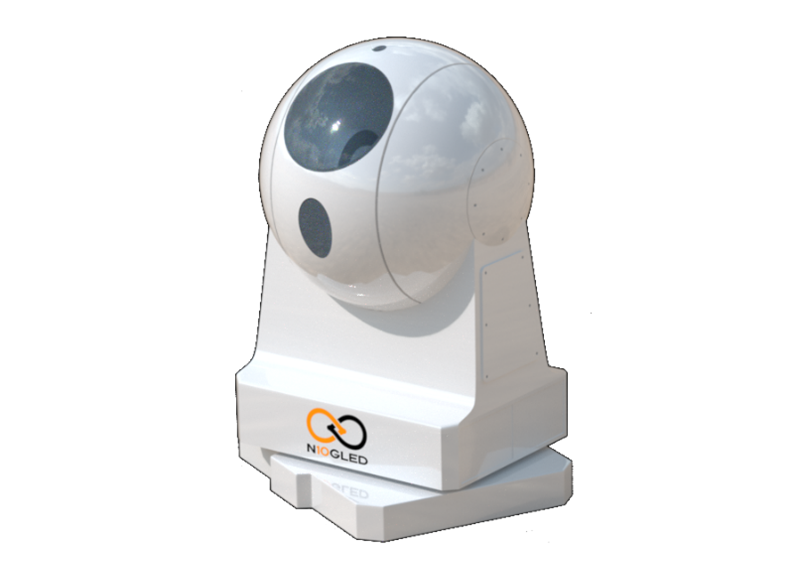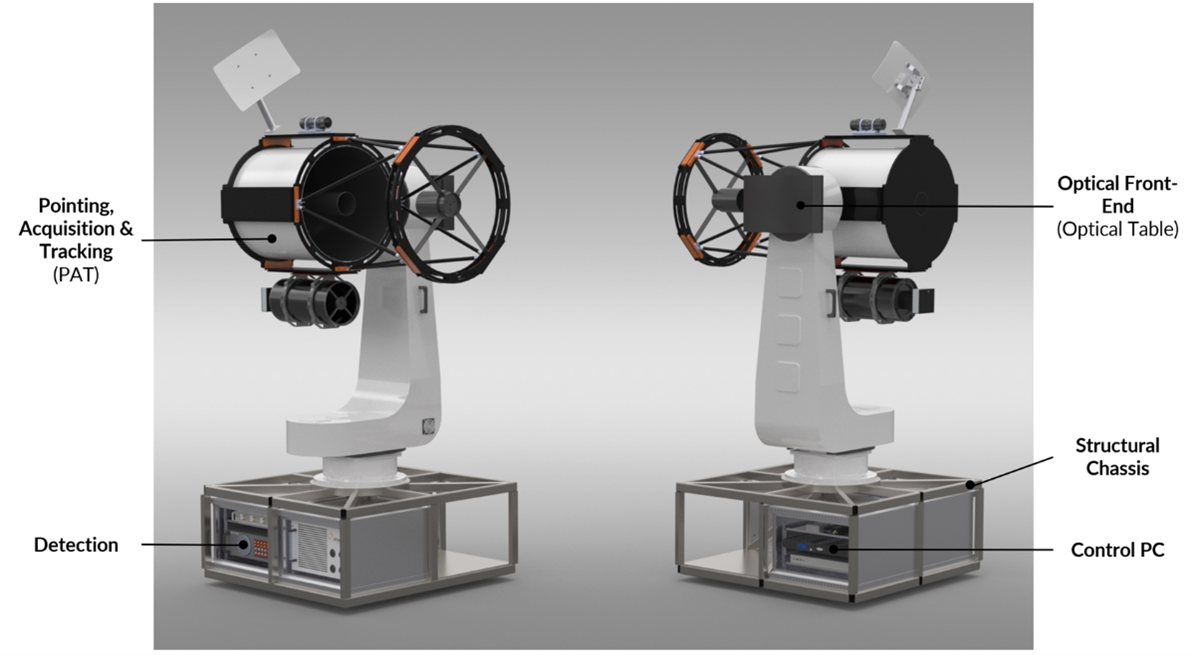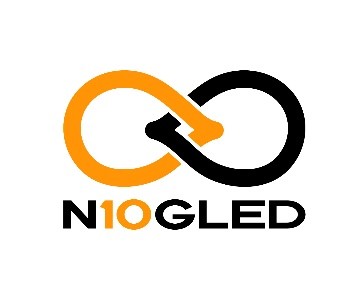
-
StatusOngoing
-
Status date2025-09-04
-
Activity Code6C.070
Conducting a comprehensive analysis of the latest advancements in Quantum Key Distribution (QKD) missions was included in the objectives of the previous project. This featured a thorough examination of key system specifications, which are vital for establishing the requirements of the Transportable Agnostic Quantum ground Station (TAQS) product. The project scope also encompasses an in-depth evaluation of crucial factors impacting TAQS performance, such as the quantity of quantum keys received and other significant parameters.
Identifying the technological factors driving TAQS development was part of the previous project. Therefore, the TAQS ELBB will start on the foundations laid by the Requirements Definition phase, with the necessary adjustments for the executability of a breadboard and an elegant breadboard to validate critical system components and QKD most promising architectures.


Agnosticism as a goal is quite a challenge. Given the broad range of protocols and technologies that are the basis of QKD nowadays, aiming at developing a system capable of taking the most out of a broad scope of architectures, protocols and technologies is a demanding effort. TAQS will adopt a modular approach to its sub-systems, using a range of specific and common modules between protocols.
The agnostic approach envisioned by N10GLED, will give the ability to be future proof, which for an emerging field such as QKD, is a significant advantage.
Since the implementation of each of these modules is quite challenging on its own, implementing several of them and making them be interchangeable, when possible, implies a significant development effort.
The transportable agnostic quantum ground station represents a cutting-edge solution in QKD, designed to be protocol-agnostic and transportable. This ground-breaking system can interface with various QKD satellite missions, ensuring unparalleled security through quantum encryption keys.
TAQS' most distinctive feature is its ability to interface with various QKD satellite missions regardless of the specific quantum communication protocols they employ. This requires a highly flexible and adaptable hardware and software architecture capable of decoding, processing, and interfacing with multiple quantum and classical communication standards.
Fiber-based Quantum Key Distribution technologies have been established over the years, with a mature market already built around them. In contrast, the free-space QKD market (via satellite) is still in the process of defining itself, as no fully developed products or commercial services are currently available.
Publicly available information on satellite-based QKD development efforts by other companies – potential future competitors is very limited. Typically, such details only become public once developments are completed and products are ready for commercialisation, rather than during the R&D phase.
At present, there are no satellite-based QKD systems offered as products or services, meaning there are effectively no direct competitors. The insights included here were obtained through privileged direct and indirect interactions with other development companies and academic teams.
N10GLED’s agnostic approach is designed to be future proof, which represents a significant advantage in an emerging and rapidly evolving field such as QKD.
TAQS is a state-of-the-art solution in QKD, uniquely designed to be both protocol-agnostic and transportable. This pioneering system is capable of interfacing with a wide range of QKD satellite missions, delivering robust and future-proof security through quantum-generated encryption keys.
The defining feature of TAQS lies in its ability to seamlessly connect with satellite missions regardless of the quantum communication protocols employed. Achieving this requires a highly flexible hardware and software architecture, purpose-built to decode, process, and integrate across multiple quantum and classical communication standards.
TAQS’ mobility enables rapid deployment and reconfiguration in diverse environments. It is equally suited for permanent installations, temporary field setups, emergency response scenarios, and mobile operations requiring secure communication channels. Engineered with a rugged and compact design, TAQS is optimised for performance in extreme conditions, while its autonomous operation ensures ease of use in remote or resource-limited locations. Furthermore, its ability to integrate seamlessly with existing communication infrastructures enhances interoperability and operational efficiency.
By combining transportability, adaptability, and protocol independence, TAQS delivers secure, reliable, and versatile quantum communications wherever and whenever they are needed. This positions it as a future-proof solution that sets a new benchmark for data protection and operational flexibility in today’s rapidly evolving security landscape.
The Transportable Agnostic Quantum Ground Station (TAQS) is conceived as a modular system, in which each sub-block fulfills a specific function. These sub-blocks can be categorised as either:
- Common subsystems shared across multiple QKD protocols, ensuring reusability and efficiency.
- Dedicated subsystems tailored to a particular QKD technique, such as Discrete-Variable QKD (DV-QKD) or Continuous-Variable QKD (CV-QKD).
The exact configuration of TAQS depends on the intended application and user requirements, with specific modules integrated accordingly. Examples of dedicated blocks include the optical table, decoder, Quantum Random Number Generator (QRNG), and local oscillator, which are essential for protocol-specific operations.
In contrast, common blocks – which provide functionality across all QKD protocols – include the RF modem, antenna, GPS, system controller, telescope, and mount. By combining both common and dedicated subsystems in a flexible architecture, TAQS ensures adaptability, scalability, and compatibility with a wide range of quantum communication standards.
The product's development follows five stages: Requirements Definition, Elegant Breadboard, Engineering Model, Product Demonstration, and Industrialisation, currently at the Elegant Breadboard phase.
This phase includes milestones such as T0 Kick-off, T0+2 Requirements Review, T0+9 PDR, T0+15 CDR, T0+20 TRR and T0+24 Final Review. It comprises several work packages: WP1000 for TAQS QKD System architecture Design, WP2000 where the TAQS ELBB detailed design will be made, WP3000 dedicated to the manufacturing, Assembly, Integration and Testing (MAIT), WP4000 for a TAQS product design and WP5000 dedicated to Project Management and Business definition.
The project is currently in the Preliminary Design Review (PDR) Phase.



